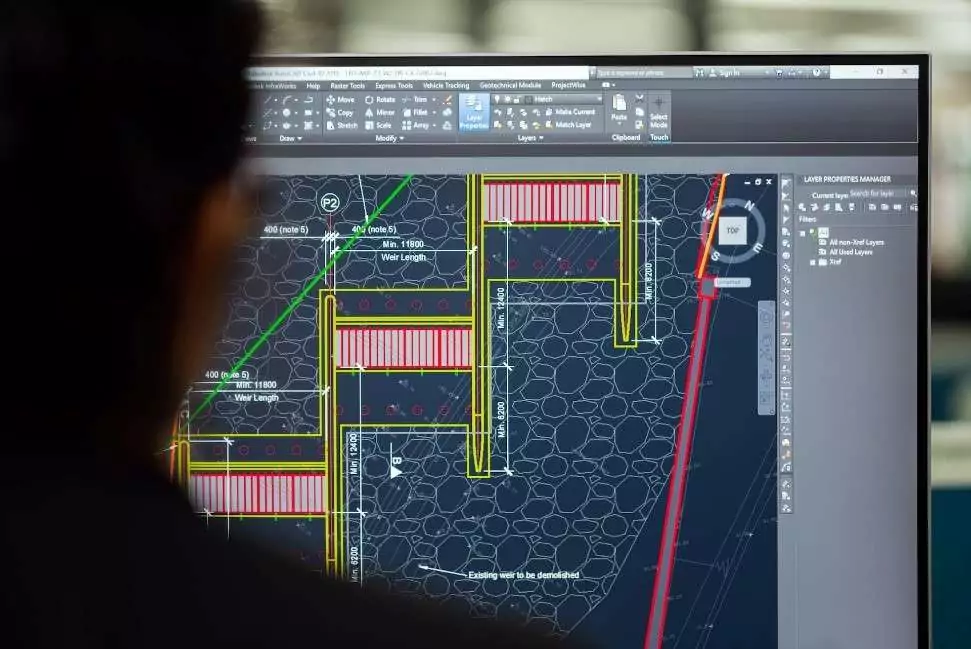Whether designing a small production widget or an international pipeline, engineering projects contain a large number of stakeholders outside of the core engineering team. Any engineering project is a monumental effort that could involve multiple companies, government bodies, multiple departments, and a host of highly trained professionals of different disciplines. All of which are critical if the job is to be completed.
For example, if the engineering team cannot source the physical materials for their projects, then the team cannot complete the building phase of the engineering contract. Likewise, if a procurement team does not have a proper scope, documentation and materials lists from the engineers, then the material or service can never be sourced. There is a symbiotic relationship between the two disciplines.
Engineering Projects with Multiple Stakeholders
Procurement and engineering teams are often seen as siloed departments that work independently of each other. Both have their own goals and priorities. Procurement teams look to minimize costs and hit project deadlines, while engineers focus on perfecting the efficacy and execution of their designs. The most successful firms are the ones that find a way to connect these two departments into a collaborative and results-oriented team. Understanding the goals and motivations of each group and working to break the operations silos into a more uniform and team focused space should be top of mind for such businesses.
This endeavor begins with the understanding that, while these roles are inherently different, their integration with one another will strengthen the results of the project. For true collaboration to occur, these teams need to become knowledgeable of the roles, processes, and value-ads that the other department provides.

True Collaboration Between Engineering and Procurement
Collaboration across function groups can be a game changer for firms, but meshing these skill groups together is no simple task. To achieve these goals, it takes more than people wanting to work together. You will need a real roadmap to success.
To effectively collaborate, it will prove useful to follow these two steps:
- First, clearly define the goal you are trying to achieve and create a plan for the necessary tasks and responsibilities of your team and other teams in the organization. Create a framework that serves as a collaboration contract and communicates the expectations, timelines, and responsibilities.
- Second, bring together all relevant collaborators from different areas of the company to review, revise, and commit to the collaboration contract. Avoid the mistake of trying to piece together agreements with each individual team separately, as this is inefficient and often ineffective. Instead, bring all necessary collaborators and stakeholders together early on to work through plans, make adjustments, and align resources and incentives. [1]
Supply Frame gives a unique perspective on this collaborative challenge in their article: Bridging The Gap Between Engineering and Procurement:
“ The engineering team must be able to present their point of view to the procurement department so they can understand the logic behind the design and material choices.
This boils down to the bill of materials (BOM) for ordering components and supplies. Many Companies currently use software like Microsoft Excel and email tools to collaborate and share BOM spreadsheets. Others have leveraged tools like Dropbox to make collaboration smoother and more organized. Advancements in software technology across cloud computing, analytics, and platform architectures have begun to show the cracks in these current solutions. There are far too many possibilities for error.
True collaboration comes from a cloud-based software platform. With a comprehensive BOM management solution, the gap between your procurement and engineering teams can finally be dissolved.
This translates to engineers making better part decisions, along with a lightweight project management which makes it simple for the team to transfer ownership to sourcing when ready. All of this leaves behind a trail of accountability so there’s never any question about the changes made to the BOM. “
Engaged in Complex Procurement?
Let’s face it, not all procurement is created equal. There’s a world of difference between ordering office supplies and purchasing materials and services with sophisticated technical requirements or managing the procurement for complex industrial projects or expediting materials from vendors across the globe.
Complex procurement demands more than standard solutions.
Current SCM is a cloud-based software-as-a-service (SaaS) that was purpose-built for complex procurement. We were born from the real-world experience of a leading industrial engineering firm who couldn’t find a procurement system that met their complex needs. So, they built their own.
Current SCM was explicitly designed to reduce errors between Engineers & Buyers by ensuring procurement professionals have access to the resources they need, including centralized procurement catalog(s), centralized procurement documentation, and centralized vendor management.
Current SCM encompasses activities that occur outside of the typical procure-to-pay process, and offers robust toolsets to support project procurement, third party procurement, technical procurement, and strategic procurement.
Current SCM provides a unified platform for procurement and materials management, offering comprehensive support for the planning, purchasing, and management of materials & services. With material and document tracking integrated into the Order and an Expediting dashboard within each Order, Current SCM provides a unique platform for Buyers and Expeditors.
And Current SCM was designed to drive collaboration among all procurement stakeholders.
Experience the difference. Contact Current SCM today to streamline your complex procurement processes.
[1] Ashkenas, Ron. “There’s a Difference between Cooperation and Collaboration.” Collaboration And Teams. Harvard Business Review, April 20, 2015. https://hbr.org/2015/04/theres-a-difference-between-cooperation-and-collaboration.
